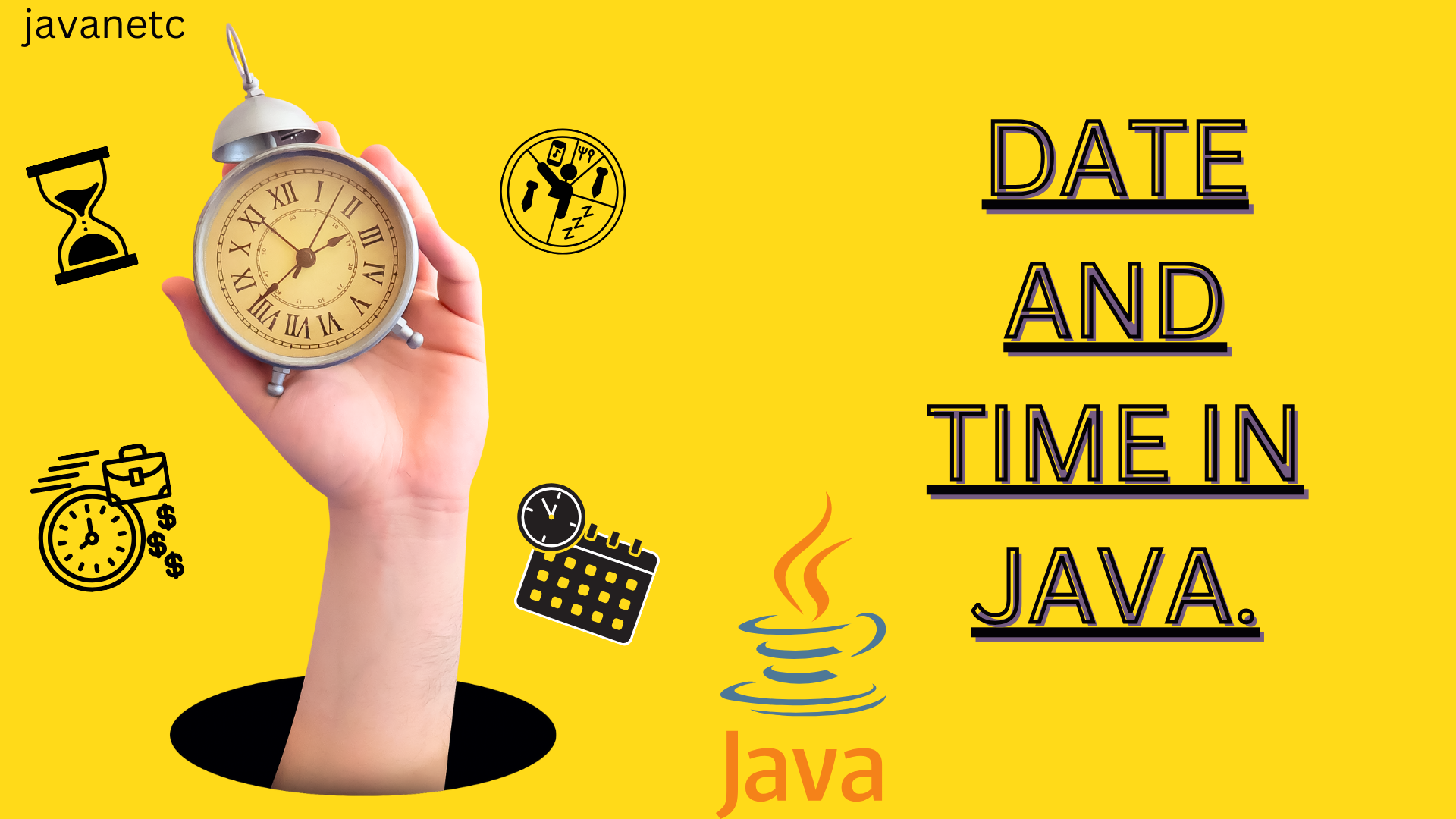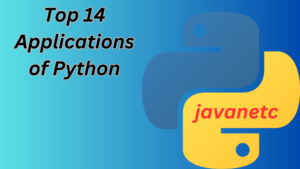Introduction:
In the dynamic world of programming, handling dates and times efficiently is crucial. Java, being a versatile and widely-used programming language, offers robust tools and libraries to manage date and time effectively. In this comprehensive guide, we will delve into the intricacies of handling date and time in Java, exploring key concepts, best practices, and practical examples.
Table of Date and Time in Java
Why is Date and Time Handling Important in Java?
Understanding the significance of date and time in Java handling is paramount. Accurate time tracking is fundamental for various applications, ranging from simple timestamping to complex scheduling systems. Java provides a rich set of APIs and classes to facilitate seamless date and time manipulation, making it an indispensable skill for Java developers.
Getting Started: Java’s Date and Time API
In the dynamic world of programming, handling dates and times efficiently is crucial. Java, being a versatile and widely-used programming language, offers robust tools and libraries to manage date and time effectively. In Java introduced a modern Date and Time API in Java 8, which significantly improved upon the legacy Date and Calendar classes. The java.time package includes classes like LocalDate, LocalTime, and LocalDateTime, offering a more intuitive and thread-safe approach to date and time manipulation.this comprehensive guide, we will delve into the intricacies of handling date and time in Java, exploring key concepts, best practices, and practical examples.
Why is Date and Time Handling Important in Java?
Understanding the significance of date and time handling in Java is paramount. Accurate time tracking is fundamental for various applications, ranging from simple timestamping to complex scheduling systems. Java provides a rich set of APIs and classes to facilitate seamless date and time manipulation, making it an indispensable skill for Java developers.
Getting Started: Java’s Date and Time API
Key Classes in Java’s Date and Time API:
- LocalDate:
- Explanation: LocalDate represents a date without time information.
- Example:
LocalDate today = LocalDate.now();
- LocalTime:
- Explanation: LocalTime represents a time without date information.
- Example:
LocalTime currentTime = LocalTime.now();
- LocalDateTime:
- Explanation: LocalDateTime combines date and time information.
- Example:
LocalDateTime currentDateTime = LocalDateTime.now();
Date and Time packages and classes

Manipulating Date and Time in Java:
1. Formatting and Parsing Dates:
Java provides the DateTimeFormatter class for formatting and parsing dates. This helps in converting dates to a readable format and vice versa.
LocalDateTime currentDateTime = LocalDateTime.now();
DateTimeFormatter formatter = DateTimeFormatter.ofPattern("yyyy-MM-dd HH:mm:ss");
String formattedDateTime = currentDateTime.format(formatter);
2. Duration and Period:
Java’s Duration class represents a duration of time, while the Period class represents a period of time in terms of years, months, and days.
LocalDateTime start = LocalDateTime.of(2023, Month.JANUARY, 1, 0, 0, 0);
LocalDateTime end = LocalDateTime.of(2023, Month.DECEMBER, 31, 23, 59, 59);
Duration duration = Duration.between(start, end);
System.out.println("Duration: " + duration.toDays() + " days");
Dealing with Time Zones:
Time zones play a crucial role when dealing with applications that span across different regions. Java provides the ZoneId and ZonedDateTime classes to handle time zones effectively.
ZoneId newYorkZone = ZoneId.of("America/New_York");
ZonedDateTime newYorkDateTime = currentDateTime.atZone(newYorkZone);
Handling Differences: Legacy vs. Modern API
Legacy Date and Time Classes:
Java’s legacy Date and Calendar classes, though widely used, had several shortcomings, including mutability and thread safety issues. The modern API addresses these concerns, providing a cleaner and more efficient alternative.
SEO Tips for Your Date and Time in Java Blog:
1.Keyword Placement:
Ensure that your focus keyword, “Date and Time in Java,” is strategically placed in your blog post’s title, headings, and throughout the content.
2.Meta Description:
Craft a concise and compelling meta description that includes the target keyword, summarizing the essence of your blog post.
3.Quality Content:
Search engines prioritize content relevance. Provide valuable insights, real-world examples, and code snippets to enhance the overall quality of your blog post.
4.Alt Text for Images:
If you include diagrams or charts, use descriptive alt text that incorporates your focus keyword.
5.Internal Linking:
Link to relevant pages within your blog post, creating a network of interconnected content. This aids search engines in comprehending the context and significance of your content.
Conclusion:
Mastering date and time in Java manipulation is a crucial skill for any developer. With the modern Date and Time API introduced in Java 8, developers can achieve efficient and thread-safe date and time handling. This guide has covered essential concepts, best practices, and practical examples to empower you in seamlessly managing date and time in your Java applications.
Remember, staying updated with Java’s evolving features ensures that you leverage the latest advancements in date and time in Java is handling, ultimately contributing to the success of your projects.



